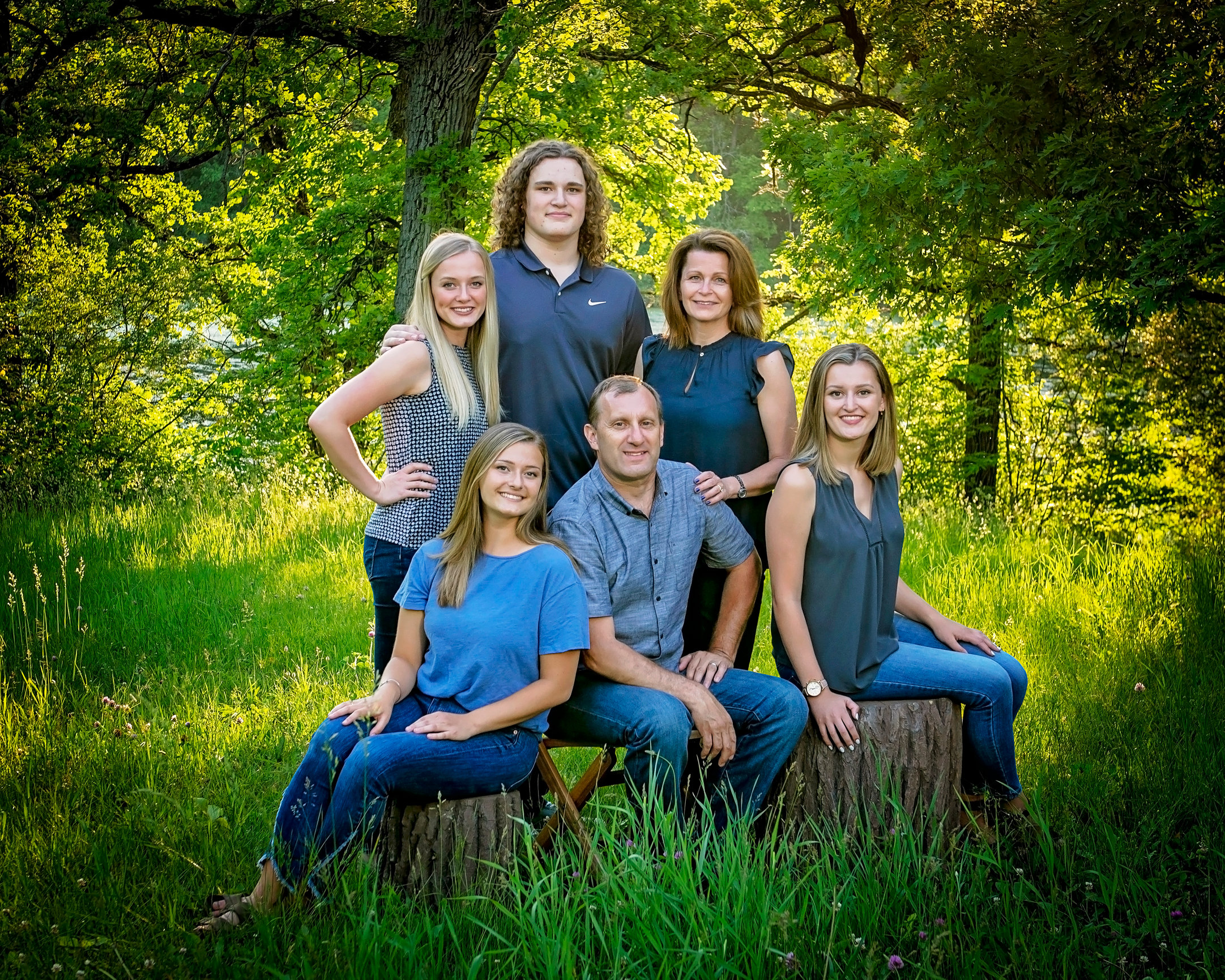Where to Start
Question number one when a family photo: What are we going to wear for our portrait session?
Choosing a wardrobe in a palette that works with the season, your personal style, and your home décor can be a challenge. Plus you have to take into account the preferences of every character in your family. Here's an easy plan to get started.
With a few simple guidelines let's can create something gorgeous for future generations to admire.
Choose a Style
The style of your clothing should complement the space where the images are being displayed, as well as the type of setting the session is going to take place in.
Formal
If you’re hanging a large portrait in a formal living room, then formal attire would be the way to go. A formal wardrobe would consist of ties, jackets, blouses, skirts and dress pants for an overall more tailored look.
Formal sessions can be done in studio, in the home or in landscaped gardens. Formal doesn't have to stuffy - it can be fun and glamorous. Don't hold back on sequins, tuxedos and designer shoes.
Semi Formal
If think you might want frames canvases in a nicely appointed family room, you may go with a semi-formal look. Semi-formal is probably the most popular style for clothing in a family portrait. It’s perfect for studio sessions as well as outdoor settings.
A semi-formal look can consist of oxfords, sweaters, cardigans, casual dresses, feminine blouses, khakis and even nice denim. Think business casual, or a night out with friends.
Casual
If you’re thinking of displaying pictures in a low key, rustic or simple space like a child’s room or hallway you may try a relaxed, casual look.
Casual clothing can consist of short sleeves, casual jeans, T-shirts, sundresses and even bare feet. Casual clothing works well with small children and summer sessions when you want to create a laid-back feeling.
It’s important when deciding on a casual look to keep things classic looking rather than trendy. Casual clothing should fit well and still be accessorized with belts and jewelry when appropriate.
Choosing A Tone
The tone and color of your background or setting should complement the tone and style of your clothing. Darker colors and tones look better on a more muted darker background, this way, the faces stand out.
Lighter clothing and a lighter background or a softer more muted setting is a nice pairing because you will be drawing the eye to faces rather than distractions.
To begin, decide if you’d like to have a light, medium or dark tone in the wardrobe you choose. Once you select that, choose a neutral color in that tone. For instance, if you like a darker tone, you may select black, gray or navy as a neutral. If you like a lighter tone, you might choose white, khaki or taupe.
Choose a Color
Next for color, build off the neutral tone with accents of colors from the same families. Blues, purples, and greens are all cooler colors and reds oranges browns and yellows are warmer tones.
For example, if you choose a darker tone and gray and black are your neutrals you could choose plum and blue as your color accents.
When choosing lighter tones, with taupe, khaki or white white as the neutrals, you can add, light yellows, sage, light blues and soft pinks.
In all situations, light small patterns are fine. Layering is a tice touch especially on cooler fall days. Don't forget your feet. Shoes are considered part of the outfit so so plan for appropriate foot wear.
Artwork for Your Home
Once your portraits are hanging on your wall or displayed in frames you will find them a wonderful complement to the environment. Your portraiture adds interest to a room like a piece of furniture or a design accent, much like a work of art.








0 Comments